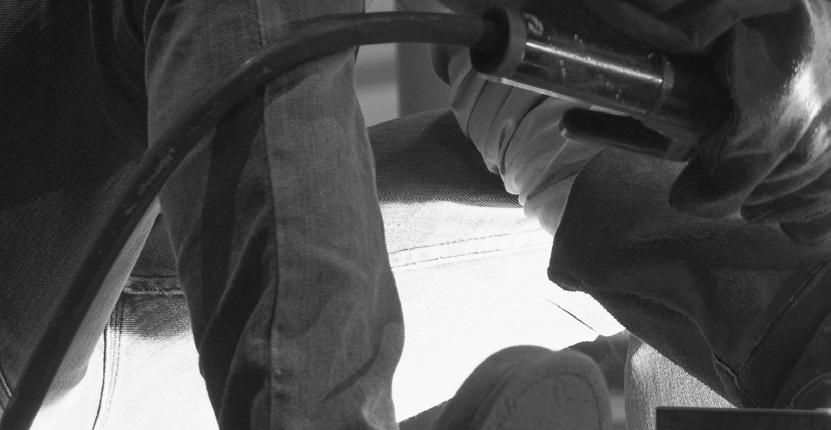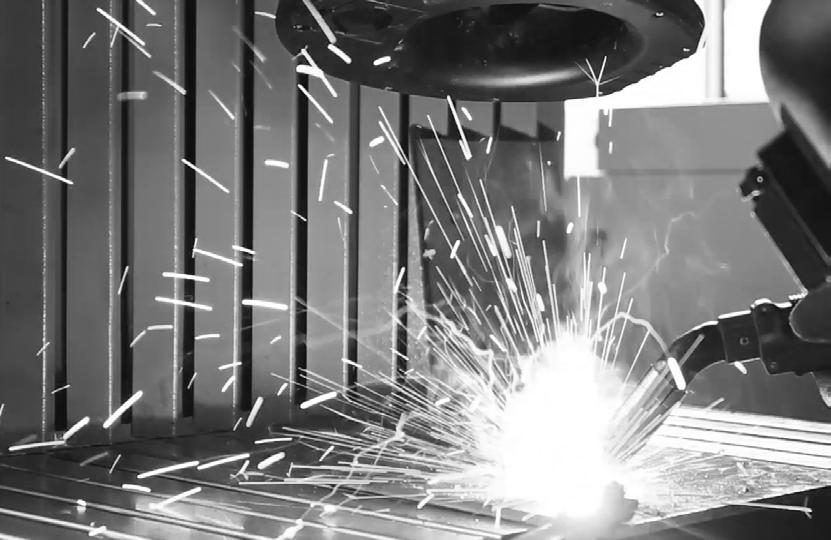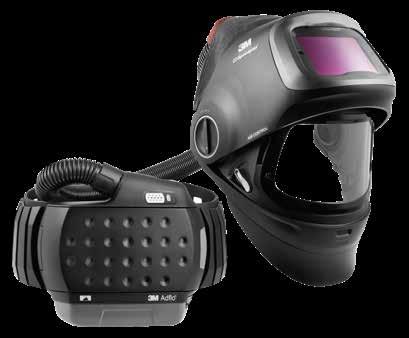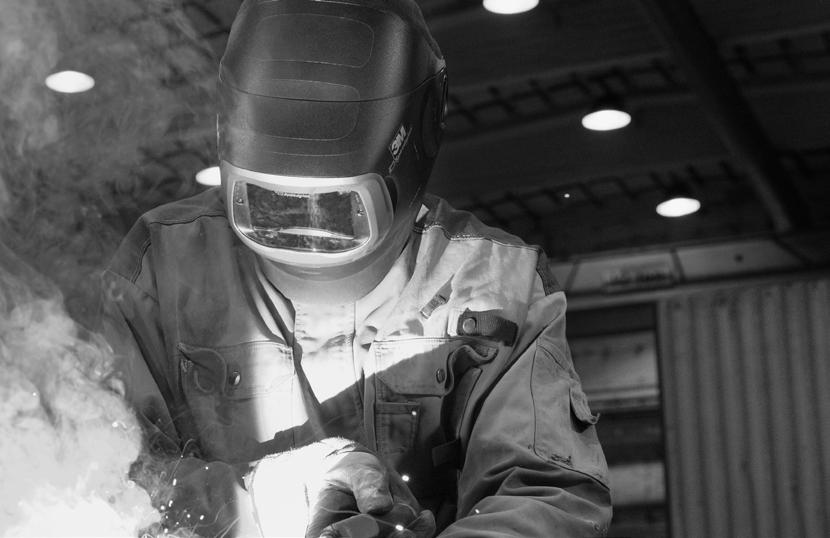
1 minute read
Are you waiting for the law to change?
Without effective protection, welders are exposed to a carcinogenic substance. Even within the current Workplace Exposure Standards (WES) for welding fume in Australia and New Zealand, unprotected welders are notionally “allowed” to breathe up to 11 grams of a known carcinogen every year.
However, by law, it is the employer’s responsibility to reduce welding fume exposure to as low as reasonably practicable. The results of this study give clear and practical guidance on effective engineering and PPE control methods to reduce welding fume exposure.
Advertisement
On-gun fume extraction, the most effective engineering control measured in the study7, had an average capture rate of 90% across all tests. The law in Australia and New Zealand clearly states that if there is any remaining risk after higher controls, such as engineering controls, have been implemented, it must be minimised with suitable personal protective equipment (PPE).
Unlike many industries, welders have PPE specifically designed for their occupation to protect them from welding fume and other welding hazards – a welding helmet with a powered air purifying respirator. Based on the results of the study7, a PAPR correctly worn and maintained, will ensure that the welder is well below all relevant Workplace Exposure Standards for most common welding applications^, and can reduce welding fume exposure by a factor of at least 2,600 corresponding to a minimum 99.96% reduction.
Therefore, where an employer has already implemented engineering controls (On-Gun fume extraction or Hooded Capture LEV), a welding helmet with PAPR is an extremely effective method to minimise the remaining risk for the welder.








